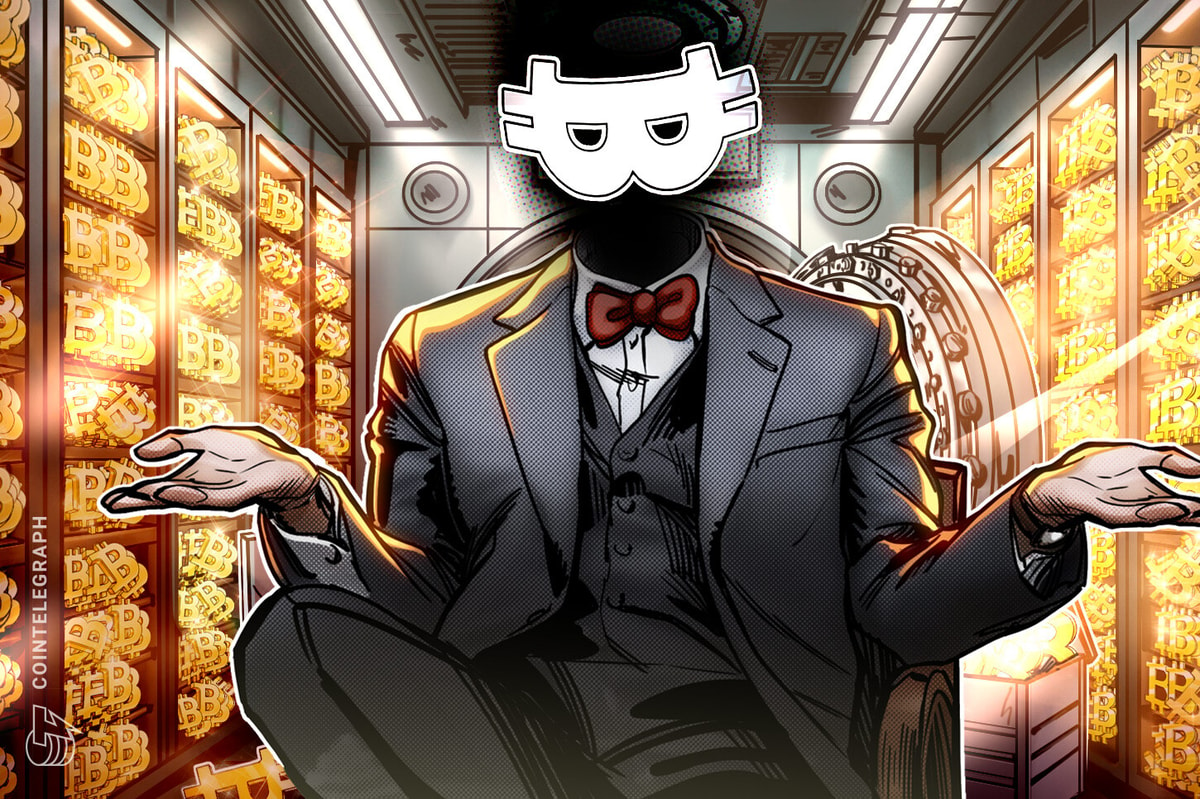Satoshi Nakamoto, the pseudonymous creator of Bitcoin (BTC), is the most important BTC holder on the earth on the time of writing, and wallets controlled by Satoshi have suffered an unrealized lack of over $20 billion because the all-time high price of over $126,000 was reached in early October.
According to data from Arkham Intelligence, Nakamoto's Bitcoin stash comprises over 1 million BTC, price over $117.5 billion on the time of writing.
The portfolio grew to over $136 billion during Bitcoin's rally to a brand new all-time high of over $126,000 in the primary week of October.
Satoshi Nakamoto's portfolio. Source: Arkham Intelligence
However, crypto markets were rocked on October 8 by a cascade of liquidations within the perpetual futures market, triggered by a post by US President Donald Trump announcing additional tariffs on China, sparking investor fears of a renewed trade war.
The market collapse caused $20 billion in liquidations, the worst 24-hour liquidation event in cryptocurrency history, leading to a price collapse and reducing the worth of some altcoins by over 99%. However, Bitcoin showed resilience and stayed above the $100,000 mark.
A market crash is a short lived setback and never a reassessment of fundamentals
The market crash that began on October 8 is just a short-term decline and “has no long-term fundamental impact,” in response to investment analysts at The Kobeissi Letter.
Several technical aspects contributed to the market's collapse, including excessive leverage, low market liquidity that increases volatility and exacerbates the impact of enormous, sudden moves, and Trump's social media post, The Kobeissi Letter wrote.
The price movement of Bitcoin on the time of writing. Source: TradingView
“We expect a trade deal to be reached and the cryptocurrency to stay strong. We are optimistic,” the analysts continued.
Days earlier, The Kobeissi Letter said that Bitcoin's all-time high coincided with the US dollar's weakest 12 months since 1973, signaling a significant macroeconomic shift.
Furthermore, prices of dangerous assets are rising concurrently stores of value and bearer assets similar to gold and BTC, an unusual phenomenon as these asset classes are inclined to move in opposite directions to one another, adding additional weight to the macroeconomic thesis of Kobessi analysts.

